At first glance, it looked like little more than a traditional homecoming in a plain red-brick church building atop one of a thousand Tennessee hills.
But about 125 people who gathered for the 24th annual homecoming reunion at the West End Silver Point Church of Christ, in Silver Point, Tenn., an hour east of Nashville, celebrated a place that shaped the 20th century for Black Churches of Christ.
Just adding up the reunions obscures the real history. The red bricks go back 108 years. The building was part of a pioneering school at Silver Point started by renowned evangelist and educator G.P. Bowser.
“We’ve done these for years,” said Donnell Carr, one of this year’s homecoming organizers. “When we started doing this particular one … we sort of customized it to fit a different kind of mode than just a church homecoming. We wanted to call out the people in the community and (highlight) some of their stories.”
Carr’s grandfather and father, both veterans, are buried in the cemetery behind the Silver Point church building. The first fought in the Verdun forest during World War I. The second participated in the Red Ball Express, a vital supply operation in France after D-Day.
Your tax-deductible gift helps our journalists report the truth and hold Christian leaders and organizations accountable. Give a gift of $30 or more to The Roys Report this month, and you will receive a copy of “Baptistland: A Memoir of Abuse, Betrayal, and Transformation” by Christa Brown. To donate, click here.
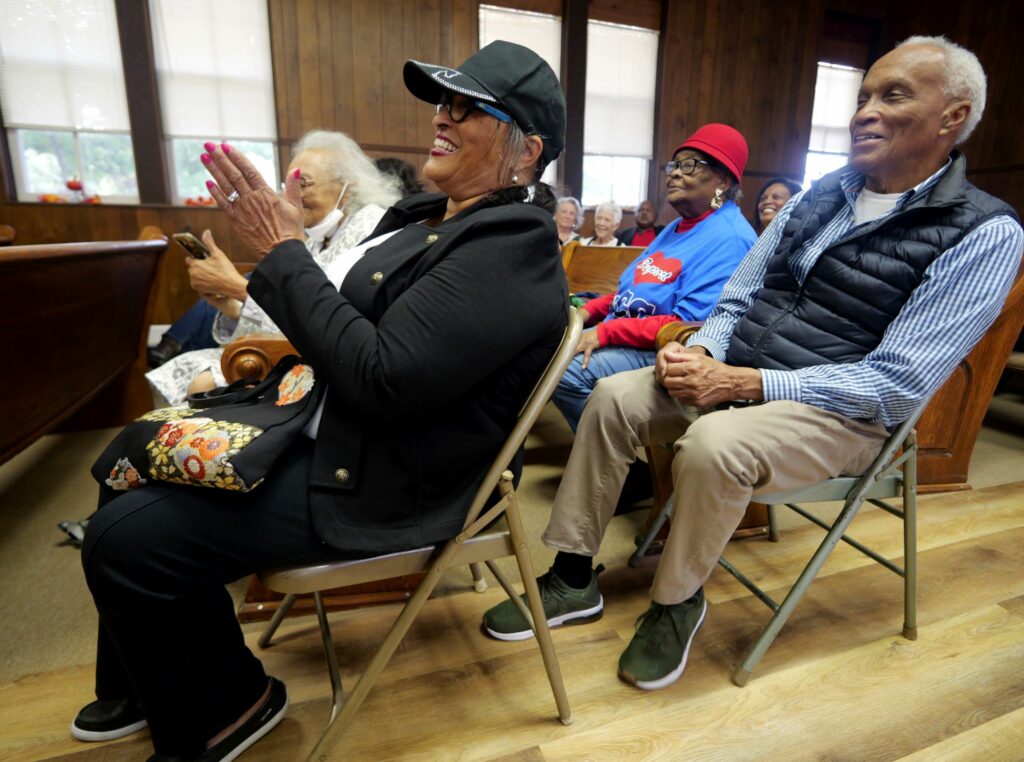
“My dad met my mother here,” said reunion attendee Jarvis Rucks, who now lives in Hermitage, near Nashville. His dad, Alfred, was a minister for Silver Point in the 1940s.
Rucks has been to seven or eight reunions, which are important to keep “the history of the Black church alive,” he said.
He spoke of the esteem in which his father held Bowser, the leader who helped establish the Silver Point church community.
“He was one of my dad’s mentors,” Rucks said. “There were some ministers who would preach like, surface, but then some people would just be … down … in the Word and could exegete the Scriptures.” The latter, he added, is the kind of man Bowser was.
David Meek, a minister in nearby Cookeville, outlined Bowser’s life at the reunion, underscoring the minister’s academic achievements and lifelong determination to create educational opportunities for African-Americans.
“Bowser became one of the outstanding and better-prepared preachers in the Church of Christ,” Meek said.
In “Hard-Fighting Soldiers: A History of African American Churches of Christ,” historian Edward J. Robinson said Bowser was reported to be proficient in five languages, including Greek, Hebrew and Latin. Robinson contrasted Bowser’s university training to the lesser educational opportunities available to Marshall Keeble, Bowser’s famed contemporary.
A metal sign down the hill from the Silver Point church building states that the congregation, established in 1909, closed in 1996. By then it was down to “just a handful of people,” said Silver Point member Ethel Sherrill, who also served on the reunion committee.
“I never could remember us having any elders or deacons,” Sherrill said, “just a very few men here, and … they just worked together.”
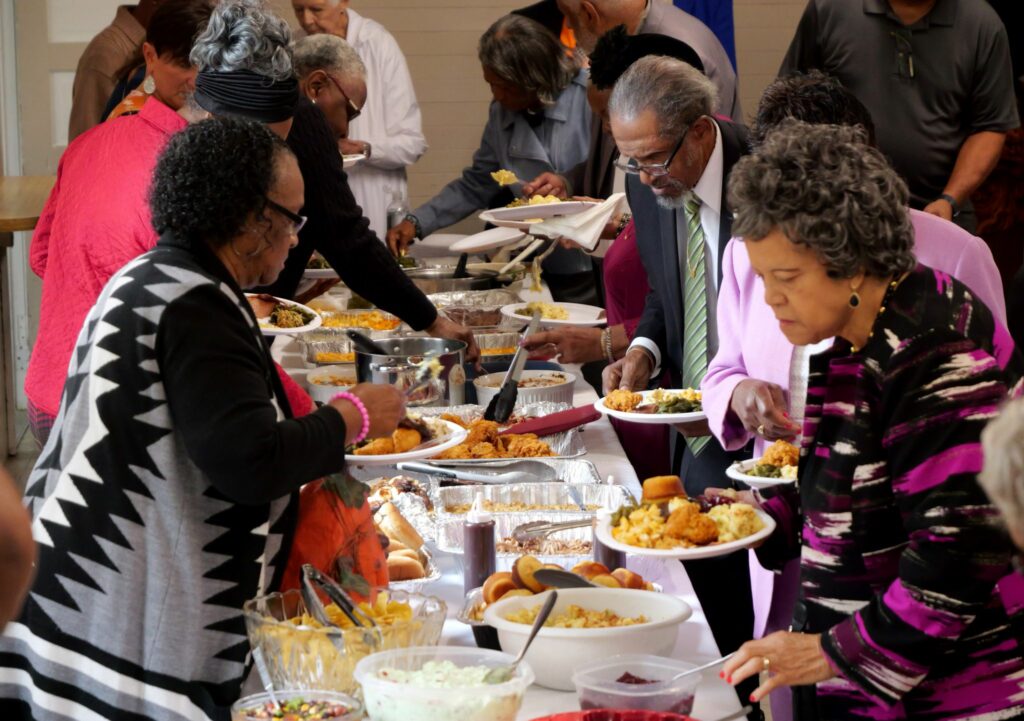
Reading, writing and revivals
Members didn’t wait long to get together, hosting their initial homecoming Oct. 11, 1997. The reunions were held annually until 2019, after which COVID-19 and severe termite damage to the floor forced a hiatus.
This year’s reunion was the first one back. It included an opening ceremony in view of the church cemetery, an afternoon program featuring a cappella groups, a spaghetti supper in the Silver Point Community Center, and two Sunday worship services with a potluck in between.
It’s more than just a get-together, said Silver Point member Evelyn Buck. It’s also “a memorial service to loved ones, relatives, and especially to 17 veterans that are buried in this cemetery.”
Buck, 93, grew up in Silver Point and is the property’s last sentry, living in a small house just a few hundred feet from the church building. This year she handed over chairmanship of the reunion’s organizing committee to Harold Carr, Donnell’s brother.
The church building where most of the reunion took place is the only structure still standing. Bowser’s school also included dormitories and other buildings.
A plaque now stands on the spot just down the hill from where students got water, committee member Sherrill said. After Bowser’s institution, the Silver Point Christian Institute, closed in 1920, the building became part of the public school system.
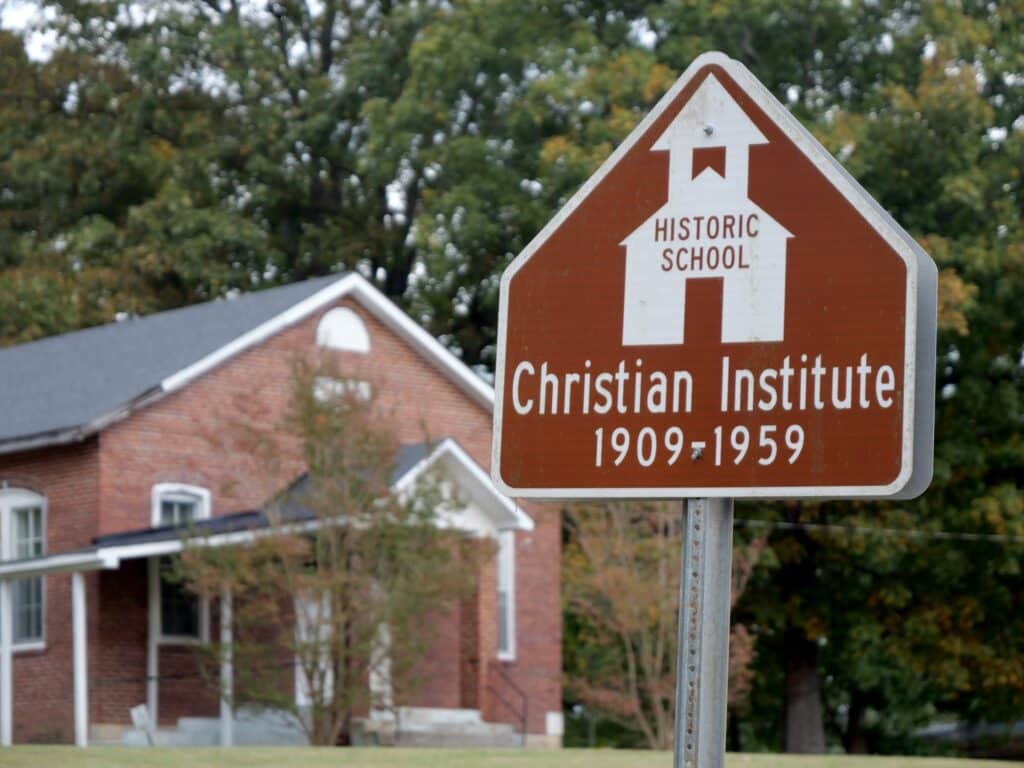
Sherrill remembered attending the public school. Technically, she was too young to attend, but she was “no problem,” she recalled with a laugh. Then the superintendent of schools caught her and sent her home. In spite of the slight setback, Sherill eventually returned and went through eighth grade in the Silver Point school before finishing high school in Cookeville.
Sherrill also recalled the Silver Point church. “I remember that was one thing that we had to do as children, go to church,” she said. Almost every church member was related — “cousins, distant cousins or connected some kind of way.”
The church hosted revivals, and members took turns cooking for the preacher’s family, Sherill said. The services were at night, and she remembers visitors standing outside rather than entering the building.
It wasn’t due to crowding. Rather, she guessed, the visitors thought they were sinners, too far from God to be welcomed. Nonetheless, they stood by, “just listening to the preaching and the singing.”
‘Saints and sinners buried here’
Virgil Carr, Harold and Donnell’s brother, spoke about the history of the Silver Point church cemetery, where burials began in the 1940s when slate formations beneath a nearby Black cemetery made it difficult to dig new sites.
“We’ve got saints and sinners buried here,” Carr said during a short tour. “We take pride in the cemetery here (as) a way of remembering folks.”
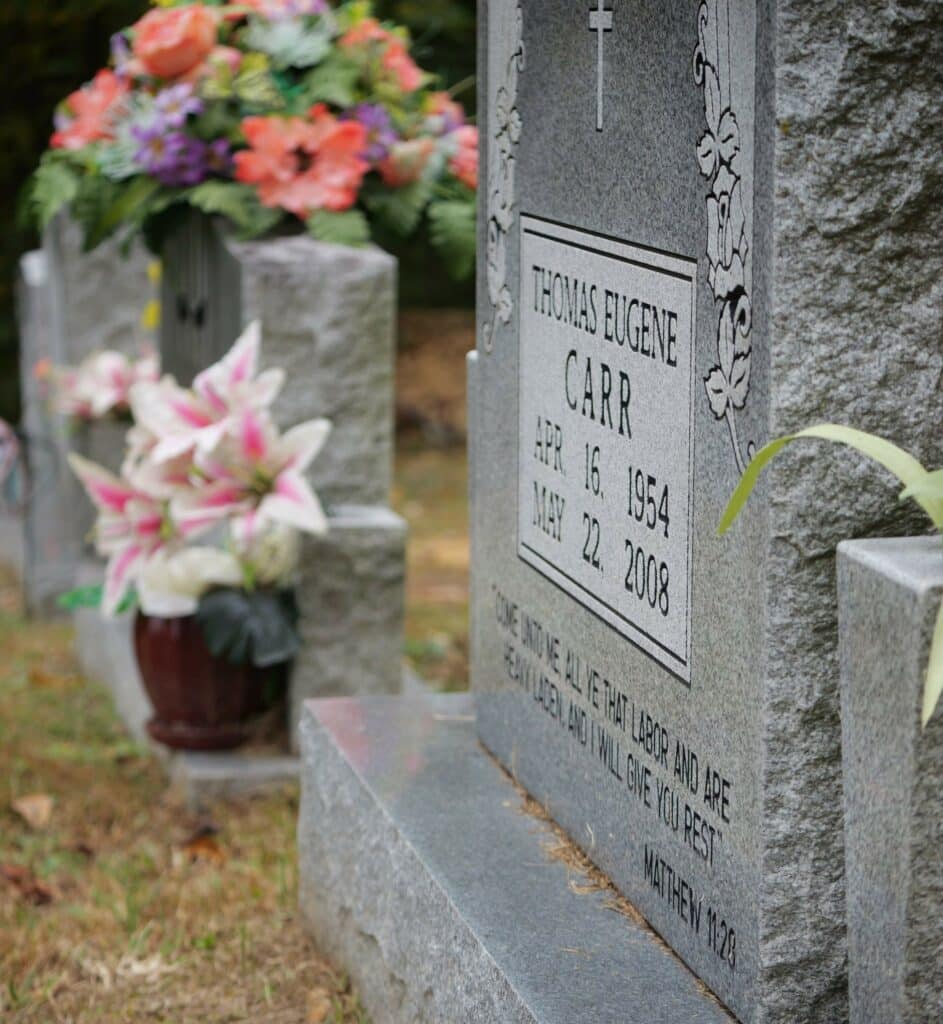
Several gravestones bear the Carr name. The Carr brothers’ parents are buried at Silver Point, along with three Carr brothers.
A series of small stones in the cemetery, almost flush with the top of the grass, marked the burial places of infants. Nearby was what appeared to be a freshly dug, adult-size grave and the graves of former community members who moved to Detroit but chose Silver Point as the place where they wanted their remains laid to rest.
Despite the systemic injustice of the Jim Crow era — including stories about sharp racial tension nearby — the cemetery is witness that Black and White Southerners shared a life of often-harmonious interdependence.
Carr explained that church member Doug Thompson, now interred at Silver Point, owned the sawmill that provided lumber to the entire community. Anyone in town — regardless of race — who needed a coffin would see the Black coffin maker.
Althea Armstrong-Ul, who authored the application to include Silver Point on the National Register of Historic Places, described the community as long composed of Black land-owning farmers.
“These people didn’t have any money,” she said. “But they had land.”
A hometown’s unknown history
Not all the attendees of the Silver Point reunion had direct ties to the church or school.
Doelas and Rebecca Landes from Arkansas found out about Silver Point after reading a Christian Chronicle article in February 2022 about church member Buck.
Earlier, the couple had become fascinated with a hymnal edited by Bowser called “Choice Selections.” They read about the songbook in Robinson’s book, which the Chronicle reviewed in 2020.
The historian lamented that no copies of the hymnal existed. But the Landeses were determined to find one. The Chronicle article led them to Silver Point, and they discovered that Buck had a copy. A friendship developed, and Buck invited the Landeses to the reunion.
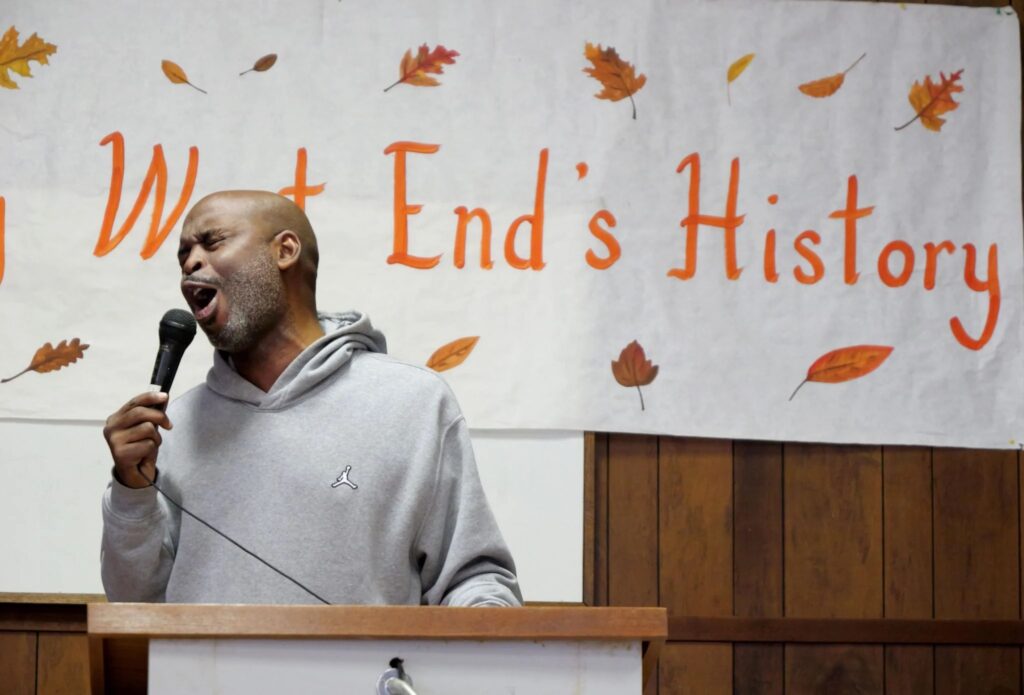
Inez Harrill, who currently lives in New Jersey, was born in Silver Point.
Despite living in the same community, Harrill had never heard of the historic Black church.
“My parents never spoke of it,” she said.
Harrill moved north with her family when she was 5 years old. She also found out about West End Silver Point from the 2022 Chronicle article.
Then a cousin told her that the historic Black congregation was planning its 2023 reunion. The cousin worships with the Silver Point Church of Christ, a predominantly White congregation that meets about a mile from West End Silver Point. Buck also worships with that church.
Harrill and her husband, Gerald, cut short a vacation in Arkansas to attend the reunion.
“We were so privileged to experience it,” Inez Harrill said. “Such a humble beginning, resulting in an amazing history and influence.”
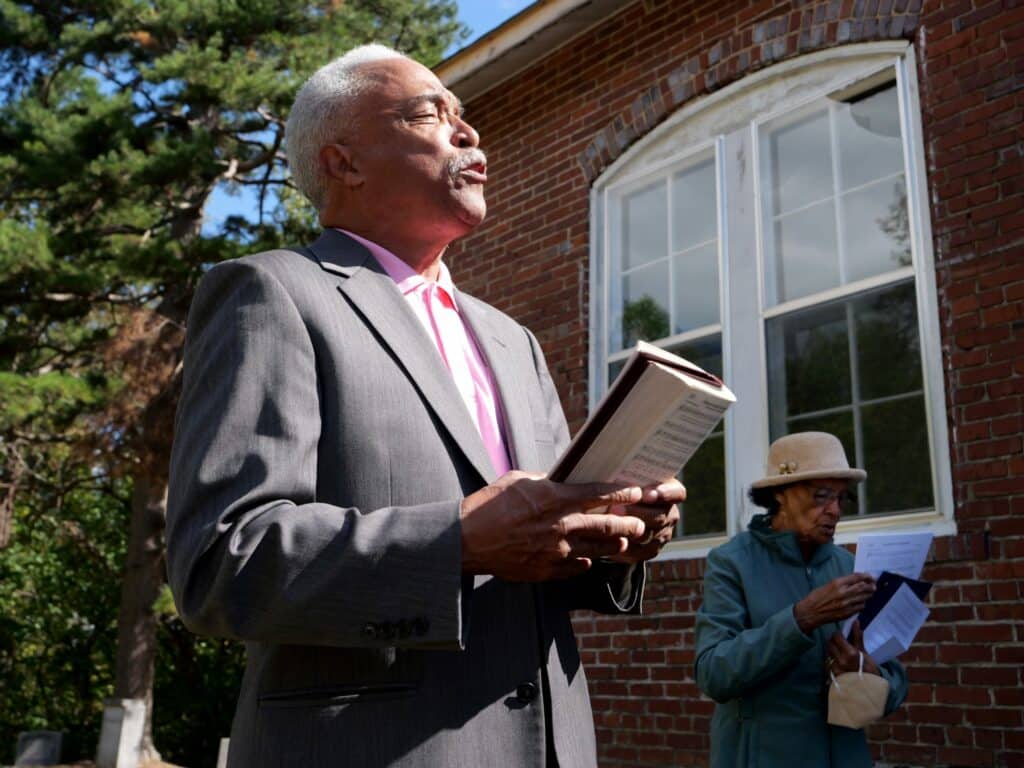
The weight of remembrance
The stories about Silver Point’s past brought back memories for some and issued a challenge to others.
“I was there every summer,” Donnell Carr said. “The people there just had strong values. And they persevered. They didn’t give up.”
Ashlynn Carr, Virgil’s 27-year-old granddaughter visiting from Panama City Beach, Fla., found the event intense. It was her first Silver Point church reunion.
“It was a lot of information,” she said. “It was very spiritual, very moving, a lot of history. It’s nice to place roots in somewhere that I have so much history in myself . . .
“It’s kind of heavy. It feels like a lot of responsibility to make sure that the history is carried on throughout the generations . . . There’s so much to learn. There’s so much to know. There’s so much to carry forward.”
This article originally appeared at The Christian Chronicle and is reprinted with permission.
Ted Parks, who has written for Religion News Service, Sojourners magazine and other publications, is a contributor to The Christian Chronicle.
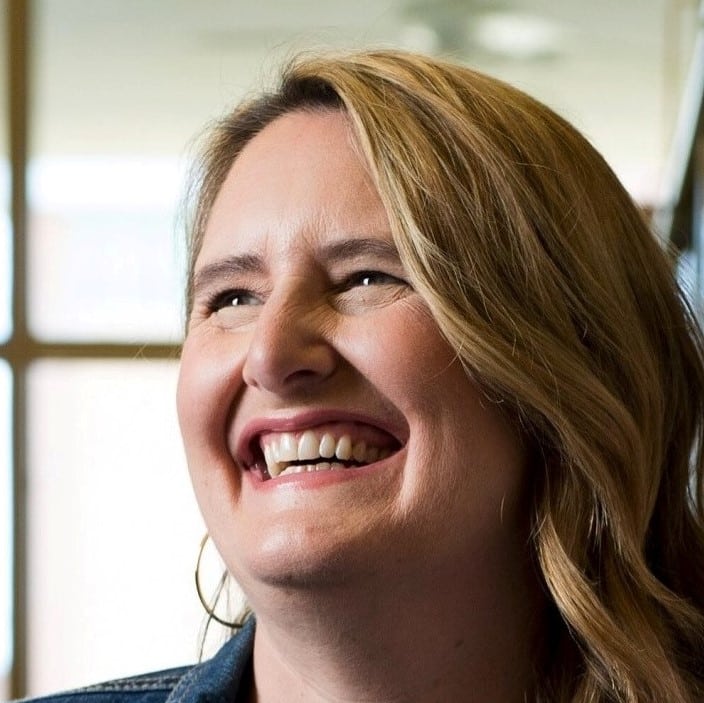
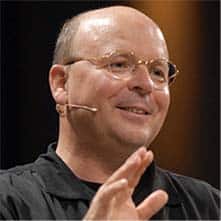


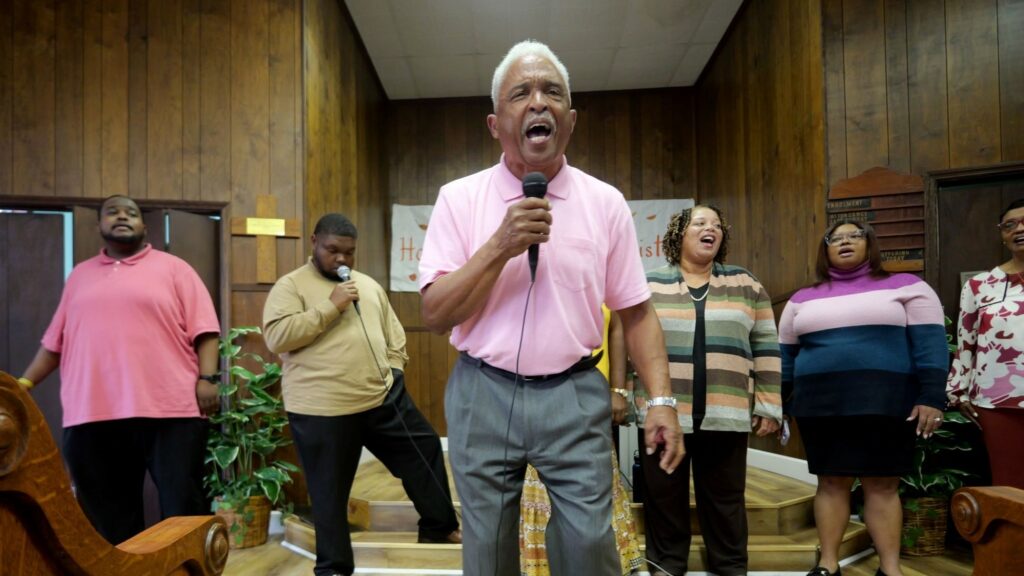
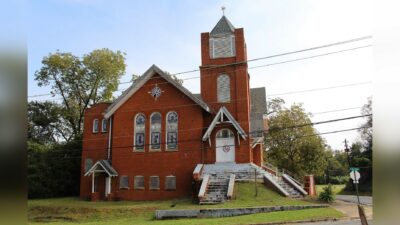
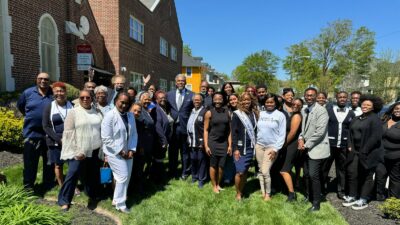
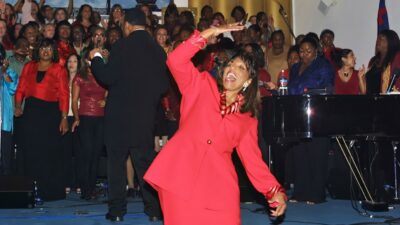
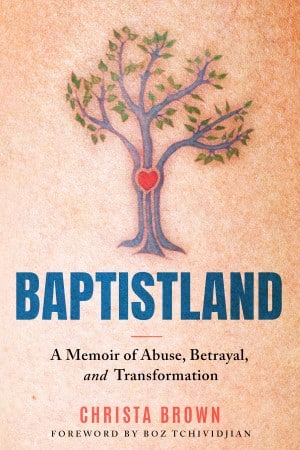






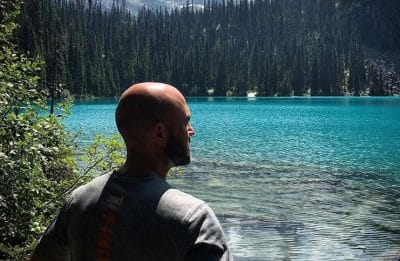
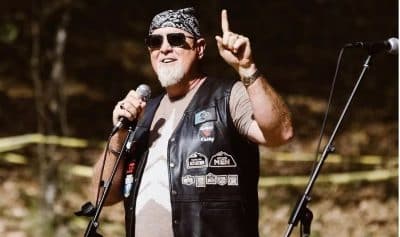


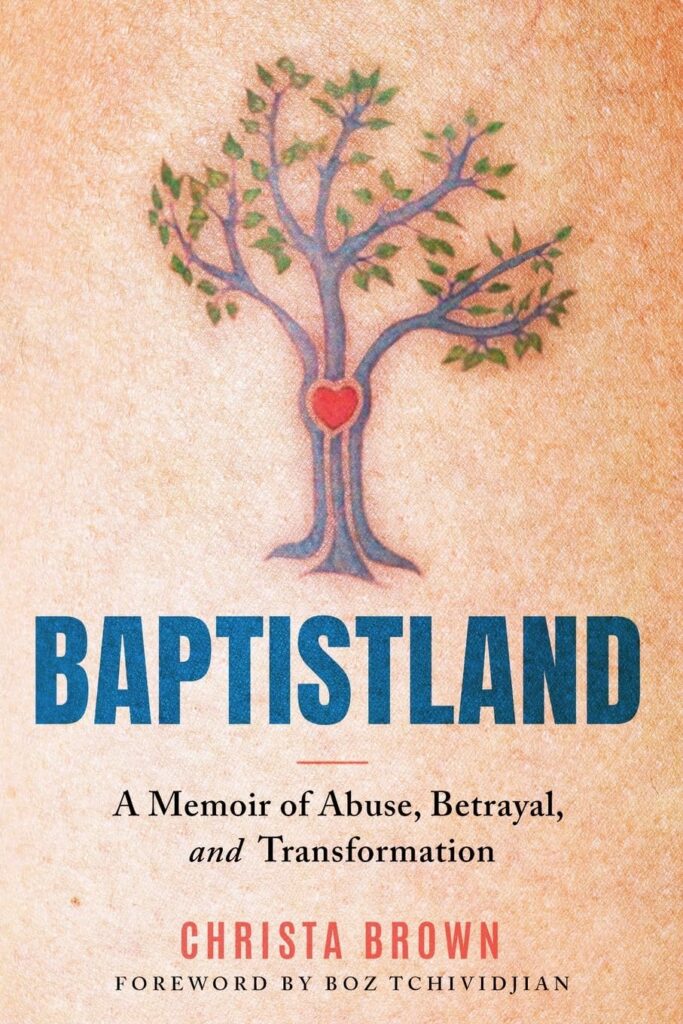
One Response
A very good read. So many strands of so many lives and times.